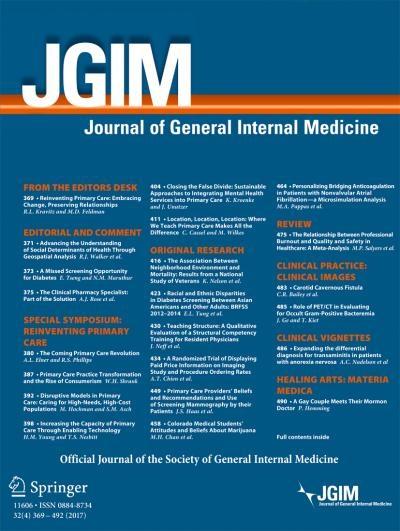Headline
Clearly defining characteristics of complex populations is essential for effective complex care intervention design.
Context
The success of a complex care intervention depends on the inclusion and exclusion criteria used to define the population of focus. This study examined five of the common complex care patient definitions found in the literature – high-cost, multiple chronic conditions, frail elderly, high emergency department utilizers, and inpatient high utilizers – among adult members enrolled at Kaiser Permanente Southern California (KPSC).
Findings
Nearly one-third of the 3.1 million adult members enrolled in KPSC could be considered complex under at least one of the five common complex care patient definitions. The choice of criteria substantially impacted the size of the cohort, ranging from the smallest cohort defined as adults age 65 or older with five or more frailty indicators to the largest cohort of individuals, those with total health care costs higher than the 80th percentile. This study revealed wide differences across these cohorts in mortality, comorbidity, utilization, and spending.
Takeaways
Given limited resources, it is important when designing complex care interventions to carefully select the population of focus to structure an effective intervention. Program designers should employ data-driven strategies to carefully select and understand the baseline characteristics of target populations to evaluate the impact of interventions more effectively.

